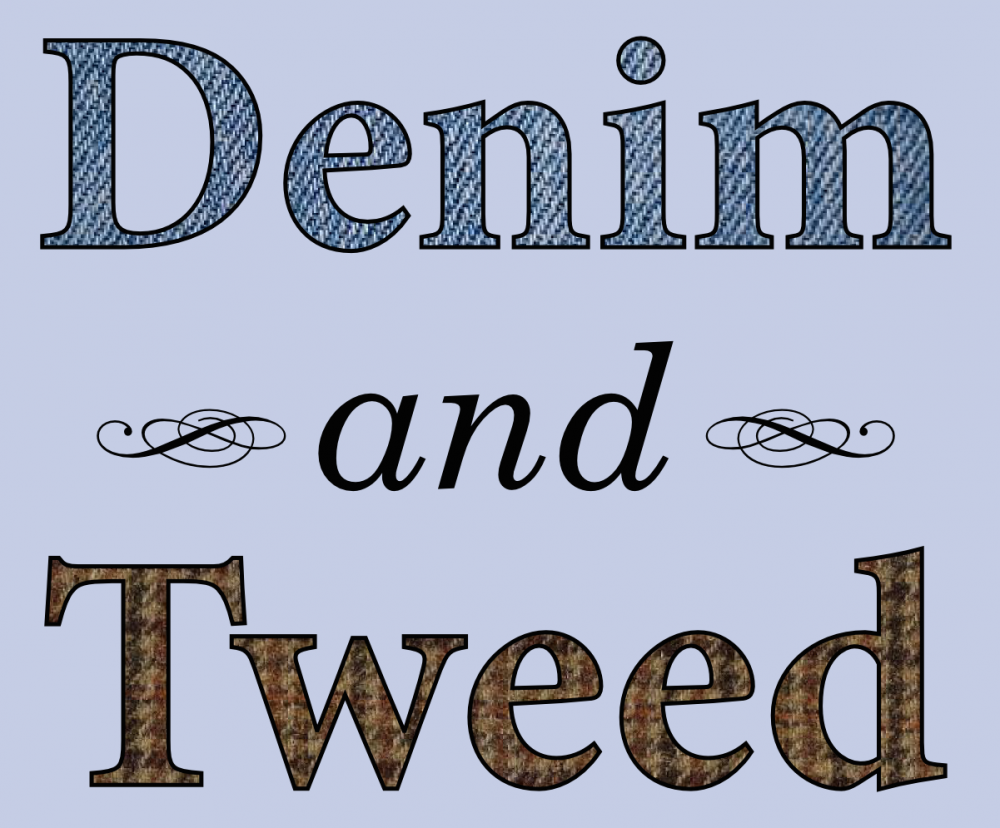“Christian University Rethinking Ban On Hiring Openly Gay Faculty” is ordinarily a headline I’d browse past without much thought (especially on Queerty, where the next thing in browsing order is probably a curated assortment of images of freshly-out Tom Daley) But when I saw it the week before last, the third paragraph caught my eye:
Eastern Mennonite University could be the first Mennonite institution to formally reverse its policy that prohibits tenure-track faculty from engaging in same-sex relationships. Currently, openly gay professors in same-sex relationships are not eligible for employment. If they want to work at the university, they must keep their relationship statuses a secret.
Yeah, so that would be the same Eastern Mennonite University that occupies an entry on my curriculum vitae.
As I found out from a press release at the university website, the EMU board of trustees has “authorized President Loren Swartzendruber, DMin, and his cabinet ‘to design and oversee a six-month listening process … to review current hiring policies and practices with respect to individuals in same-sex relationships.’”
What precisely are those “hiring policies and practices”? Well, EMU expects its faculty, staff, and students to adhere to a Community Lifestyle Commitment that includes a pledge to “refrain from sexual relationships outside of marriage.” Per the Confession of Faith in a Mennonite Perspective (a doctrinal document of Mennonite Church USA, the national organizing body of the church), “marriage to be a covenant between one man and one woman for life.” So if you’re gay or lesbian and want to work for EMU, well, you can’t have a dating life—and certainly not a long-term, committed relationship—and also keep your Lifestyle Commitment.
That fact that this effective ban on the employment of LGBT people (and, indeed, education of LGBT students) only becomes apparent if you cross-reference two different policy statements tells you everything you need to know about how the Mennonite Church has historically operated w/r/t queer people: as indirectly as humanly possible. Back when I was on the EMU campus, lo these almost 10 years ago, that cross-referencing was a highly effective way to ensure that anyone on campus who even thought he might be gay (ahem) was alone and afraid for his academic standing.
Things may be better now. Indeed, with the university finally moving to discuss the possibility of maybe thinking about catching up to such radical social innovators as the U.S. military and the state of Iowa, things could be about to get a lot better. But I can’t say that I’m encouraged by the framing of this “listening process” so far.
Citing the thoughts of one board member, Swartzendruber said, “Unilateral decision-making leads to broken relationships and rogue actions. Collaborative decision-making means that a community is functioning well. This board’s decision and this process will, I think, show how well our community functions …
“Collaborative decision-making” is also an excellent way to privilege the majority perspective over whatever harm it does to a minority. It’s what gave the Mennonite Church its Confession of Faith, and EMU its Community Lifestyle Commitment. So, on behalf of the students who are where I was a decade ago, I dearly hope this results in better treatment—but I think they’d be better off getting well away from any community that wants to collaboratively decide who they can love.◼
 It was probably all because Eve’s brain is so different. Photo by Sebastian Bergmann.
It was probably all because Eve’s brain is so different. Photo by Sebastian Bergmann.






